On the morning of March 7, a striking figure was seen running along the park trail by Shenzhen Bay, moving gracefully and smoothly.
This runner is not only eye-catching but also shiny, reflecting a metallic sheen under the sunlight. That’s right, it’s a humanoid robot.
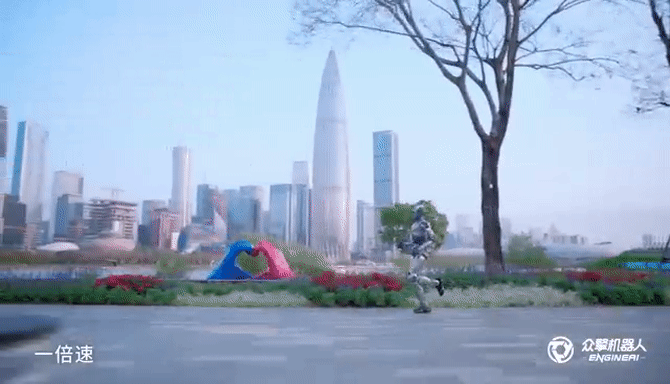
Coincidentally, just three days ago, on March 4, Beijing Yizhuang announced that it would hold the Beijing Yizhuang Half Marathon on April 13, during which the world’s first humanoid robot half marathon will also take place. The news sparked heated discussions.
This is not only the first time globally that robots will participate as competitors in a marathon, but another highlight is that 12,000 marathon enthusiasts will compete alongside humanoid robots on the same track.

As netizens watched videos of robots running in Shenzhen Bay, they naturally began to speculate: Did the Shenzhen robots start their training just three days after the competition announcement? Surely they must aim for first place!
As a “pioneer city” in the global humanoid robot industry, Shenzhen will certainly not miss such a “pioneering” event.
With less than a week until the official start of the competition, let’s predict which “competitors” from Shenzhen might participate and showcase their skills.
01
Humanoid Robots’ “Test Run”
In fact, the first appearance of humanoid robots in marathon events dates back to last year, also in Beijing Yizhuang.
During last year’s Beijing Yizhuang Half Marathon, the humanoid robot “Tian Gong” made its debut, not only cheering for the competitors at the starting line but also finishing the race as a “pacing rabbit” alongside the participants.
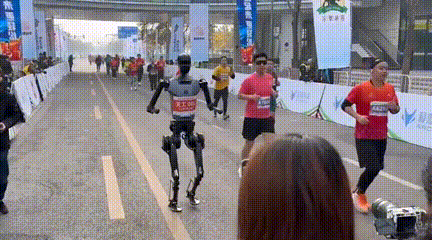
Some netizens commented that for a marathon, which tests endurance, robots have a significant advantage: they do not get tired, have no physical limitations, and can run as fast and as long as they want.
However, it is important to note that for robots to participate, they must first meet one condition: they must have a humanoid appearance and be capable of bipedal walking or running, rather than being wheeled structures.
In short, they must be bipedal humanoid robots. It is worth noting that the first successful solution to the problem of natural gait for robots was only achieved at the end of last year.
Notably, this company is “Zhongqing Robotics” from Shenzhen.
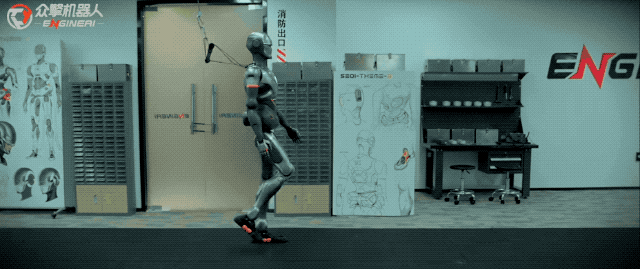
This year’s competition can be considered a very bold upgrade.
Having just learned to “walk” not long ago, now they are expected to run a marathon, which reflects the development and breakthroughs in related technologies and industries over the past year.
According to the published event description, humanoid robots will start simultaneously with human competitors at the starting line, participating in the full 21.0975 kilometers of the half marathon. They will run the same route but will have separate lanes, with iron horse barriers or green belts ensuring safety between humans and robots.
At that time, we will see humans and various humanoid robots running together in the city, creating a scene straight out of a science fiction movie.
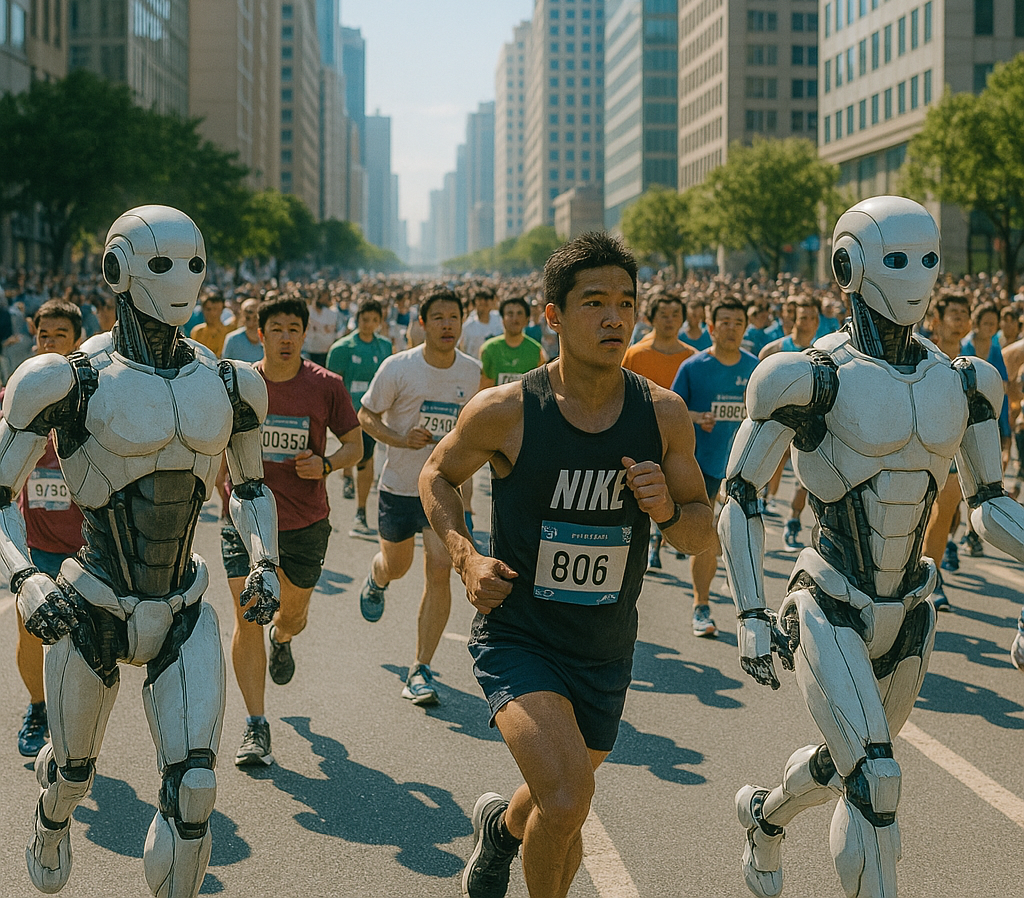
AI-generated image
Additionally, according to the competition rules, the cutoff time for this event is set at approximately 3 hours and 30 minutes, allowing for battery changes during the race, and even permitting a “relay” format where different robots can complete the entire course, although each change will incur a 10-minute penalty.
This means it is still a timed race, with high competitiveness. For humanoid robots, to finish within the specified time without changing “human” relays, they theoretically need to maintain a speed of 1.67m/s (6.012km/h), which professionals say is not an easy task.
Among the challenges, they will face at least two major issues: first, how to adapt to the terrain. “Running a marathon” is not the same as training in a laboratory; slopes, curves, and uneven surfaces can all occur, and a slight misstep could lead to a fall, placing high demands on the sensor systems and motion control algorithms.
Second, they must balance endurance and heat dissipation. Continuous running for several hours poses a significant test for the robot’s motors, reducers, and batteries; the hardware must be durable and heat-resistant. Overheating could lead to system crashes or even “falling down on the job.”
In summary, the stability, mobility speed, endurance, and debugging of both hardware and software for robots present considerable challenges.
Therefore, rather than viewing this as a marathon, it is more like a “test run” of the technical levels of humanoid robots from various manufacturers, as well as a showcase of the development levels of the robot industry in different cities.
This time, no more walking mules or horses, but walking robots!
02
Shenzhen’s “Competitors” – A Talented Lineup
So, which “competitors” will Shenzhen, home to the humanoid robot “Thirteen Heroes,” send to the competition? Let’s boldly predict.
[Zhongqing — PM01]
First, the top seed is undoubtedly Zhongqing Robotics, which has been making headlines this year.
In October last year, they amazed the world by enabling robots to walk with a natural gait.
In February this year, they completed the world’s first front flip by a humanoid robot.
In March this year, they were the ones who elegantly ran in Shenzhen Bay.
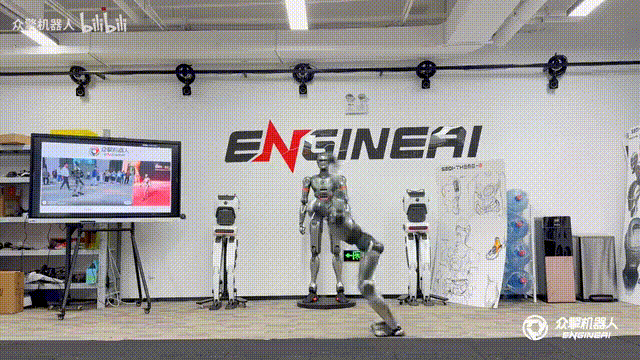
According to reports, Zhongqing Robotics was established in October 2023, focusing on the research and production of full-size general-purpose humanoid robots and embodied intelligence technology. It is one of the few companies globally with comprehensive R&D capabilities for high-performance power joints. In just over a year, they have released three humanoid robot products designed for different scenarios and functions.
Among them, PM01 is Shenzhen’s first commercially viable humanoid robot capable of stable anthropomorphic running, completing front flips, and the “runner” seen in Shenzhen Bay is none other than it, often referred to as the real-life “Iron Man.”
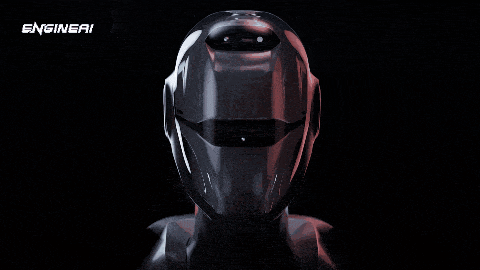
Undoubtedly, PM01 is a strong contender for this marathon, with a maximum running speed of 12 km/h and an elegant running posture, it will surely be a beautiful sight on the field.
If it can maintain its top speed, it could complete a full marathon in just over three hours, making it a formidable competitor in this race.
[Pudu — PUDU D9]
PUDU D9 is the first full-size bipedal humanoid robot released by Pudu, standing 170 cm tall and weighing 65 kg, with 42 degrees of freedom in its joints and a maximum joint torque of 352 Nm, excelling in bipedal walking and dual-hand operation.
According to the introduction, its maximum walking speed on flat ground can reach 2 m/s, comparable to that of an adult, and it can navigate stairs, slopes, and rugged terrain commonly found in urban environments, seamlessly switching between standing, walking, and running modes through algorithms.
At this speed, as long as the endurance holds up, finishing the race should not be a problem.
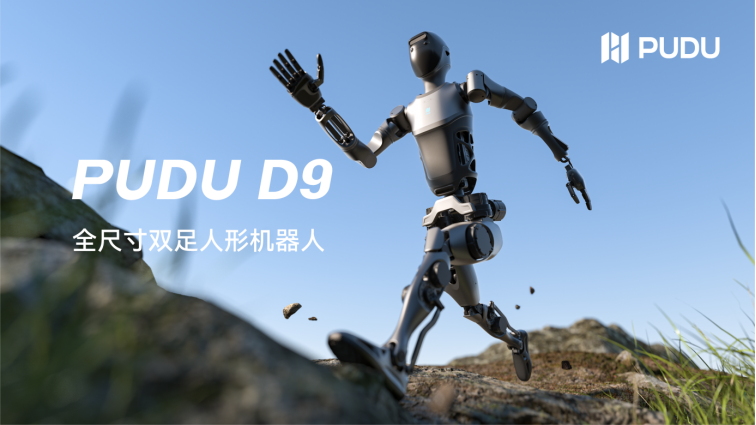
However, as a service robot, PUDU D9’s most prominent advantage lies in its hands.
Equipped with its self-developed dexterous hand, PUDU DH11, which boasts 11 degrees of freedom and strong load capacity, it is said to be able to smoothly perform various actions such as gripping, pinching, twisting, pulling, pushing, pressing, grabbing, and lifting.
It seems very suitable for participating in the award ceremony after the race!
[Leju — Kuafu]
In the 2025 Winter Asian Games, it will high-five the torchbearer during the opening ceremony;
In the Shenzhen Two Sessions, it will act as a “reporter buddy” holding a microphone to interview representatives and committee members;
During the National Two Sessions, it will go out on the streets with a microphone for street interviews;
At the 34th Asian Cup table tennis award ceremony, it will cheer for Chinese athletes;
…
The Leju “Kuafu” robot is undoubtedly one of the big internet celebrities in the robotics field.
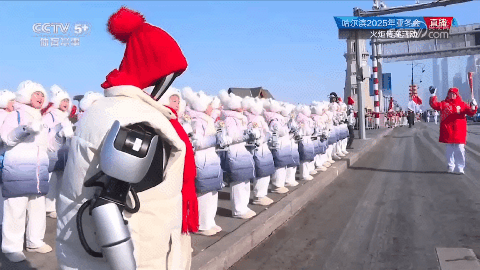
As the first domestic open-source humanoid robot capable of jumping and adapting to multiple terrains, its name suggests a high athletic talent, making it one of the popular “candidates” for the competition.
According to reports, this robot is equipped with KaihongOS, developed based on the open-source HarmonyOS, featuring a fully open-stack design. The motion controller is fully open-source, allowing integration of trajectory planning, feedback control, state estimation, and other modules. Its gait algorithms are fully adaptable to terrains such as sand, grass, and obstacles, and it supports a jumping height of 20 cm, enabling various intelligent applications for humanoid robots.
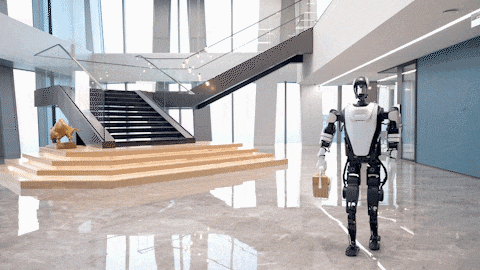
Previously, it was more of a “cheerleader” role, but this time, will we see “Kuafu” take the field as an “athlete”?!
[Zhujijidong — CL-2]
CL-2 is Zhujijidong’s full-size humanoid robot. As early as the beginning of 2024, the first-generation CL-1 gained popularity online for its ability to dynamically climb stairs based on real-time terrain perception, making it the first humanoid robot in China to achieve this.
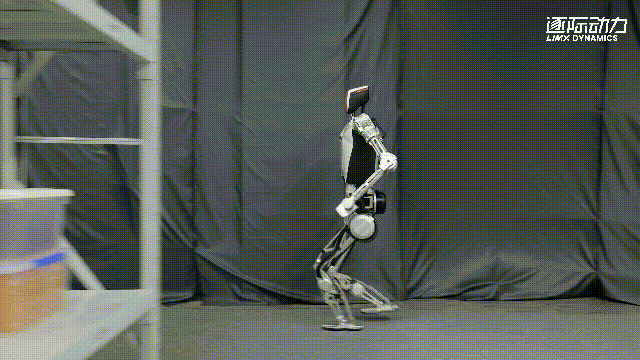
As an upgraded version, CL-2 has added waist degrees of freedom, allowing for better adjustment of the center of gravity and more coordinated movement posture, enhancing overall balance capability. Its flexible joints and powerful balance system enable the robot to maintain stability in complex environments.
Zhujijidong’s COO Zhang Li stated: “Not only can it climb stairs and run, but CL-2, equipped with a dexterous hand, can also carry heavy loads continuously, is unshakeable, and possesses extremely high stability.”
How will CL-2 perform in the marathon with a light load? It is worth looking forward to.
[Digital Huaxia — Xia Lan]
Xia Lan, with a name that sounds gentle, is likely the only “female competitor” in this race.
As the only robot on the market with a bionic head that can walk, Xia Lan is hard to forget with her “Huaxia Red” skin tone.
She stands 169 cm tall, with long limbs and a well-proportioned body, occasionally blinking and smiling, displaying a rich array of expressions. Her facial skin is smooth and glossy, and she walks with steady and graceful steps.
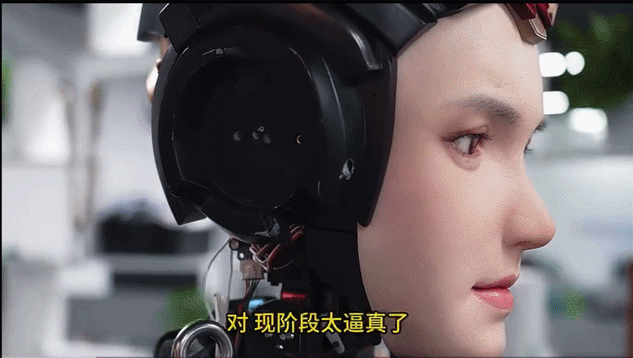
With her highly realistic appearance and emotional interaction capabilities, Xia Lan is also the first robot capable of “empathy.” She can perceive human emotions through micro-expressions and vocal tones, even proactively comforting the lonely, redefining the “companionship economy.”
However, as an interactive humanoid robot, Xia Lan may not excel at running, but she would certainly be the most suitable host for the event! According to the competition introduction, the starting ceremony will indeed be hosted by a robot.
[UBTECH]
As the “big brother” in Shenzhen’s robotics field, UBTECH is also likely to participate.
Just this March, as the “first stock of humanoid robots,” UBTECH made a big move by launching the world’s first multi-robot collaborative training across multiple scenarios and tasks, introducing swarm intelligence technology into humanoid robots for the first time, achieving multi-robot collaborative operations.
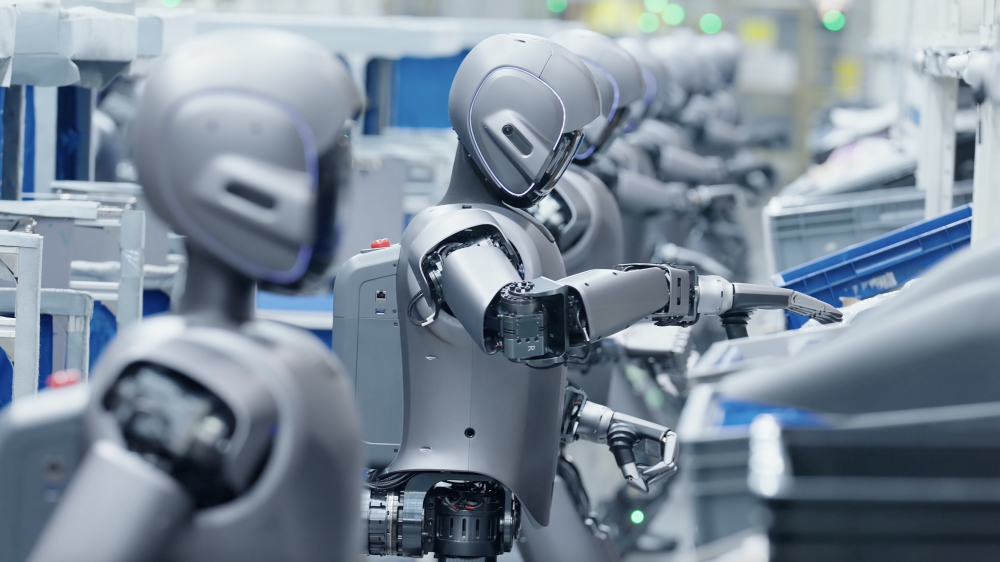 Dozens of humanoid robots were distributed in the Zeekr factory’s assembly workshop, SPS instrument area, quality inspection area, and door assembly area, completing collaborative sorting, handling, and precision assembly tasks.
Dozens of humanoid robots were distributed in the Zeekr factory’s assembly workshop, SPS instrument area, quality inspection area, and door assembly area, completing collaborative sorting, handling, and precision assembly tasks.
In simple terms, it means a group of robots working together in the factory.
Some netizens commented: “Shenzhen people are pragmatic; I didn’t expect Shenzhen’s robots to be so pragmatic, already starting to work in factories to earn money.”
However, UBTECH’s products primarily focus on industrial applications, emphasizing flexibility, and their mobility speed is not their strong suit, such as the Walker X and the educational star product, the Panda “Youyou,” which has a mobility speed of only 3 km/h.
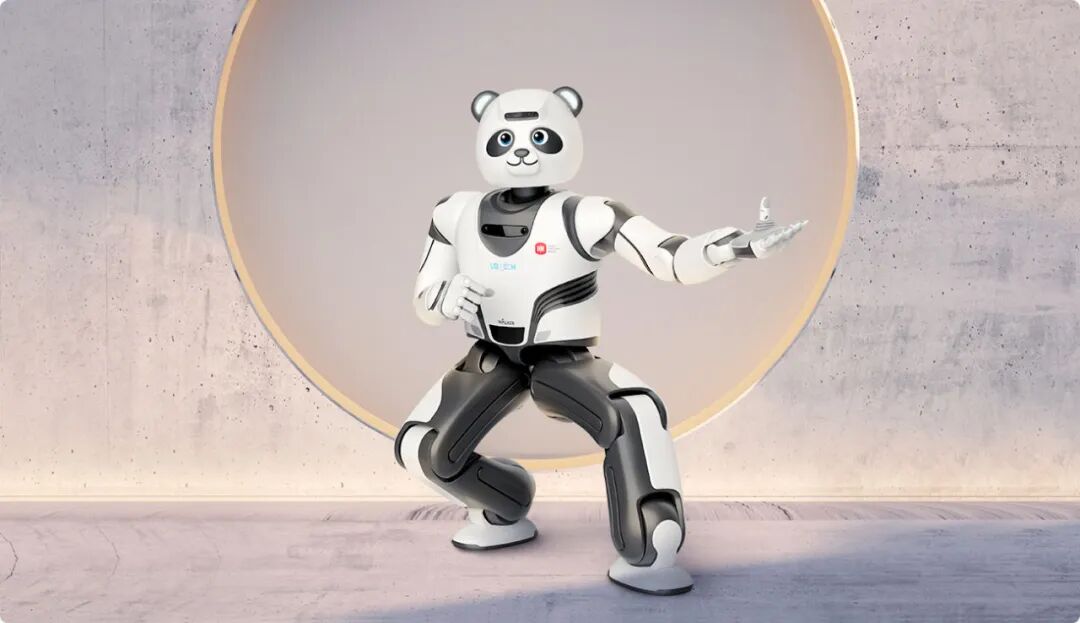 The Panda “Youyou”
The Panda “Youyou”
However, given UBTECH’s background, it is not out of the question that they might send a brand new face to compete, so let’s look forward to that.
Shenzhen’s robotics industry is full of hidden talents; besides the companies and humanoid robots mentioned above, there are likely many enterprises quietly working hard, planning to surprise everyone, and we also look forward to seeing such “dark horse competitors” shine on the field for Shenzhen!
03
Is the Robot Marathon a Meaningless “Show”?
Online, there are many voices of doubt claiming that the robot marathon is merely a meaningless show.
Recently, Zhu Xiaohu’s skepticism about the commercialization prospects of humanoid robots and embodied intelligence has sparked heated discussions.
Indeed, for the average person, the ideal state where robots seamlessly integrate into daily life and make human life better still seems a bit distant. For investors, humanoid robots are also a market consensus, but the business model is unclear, and short-term investment returns may be difficult to achieve.
However, in the long run, the significance of this event goes far beyond mere eye-catching effects.

As one netizen said: “Don’t underestimate the robots that can only dance and do flips now; they are constantly improving to demonstrate balance and agility, indicating that computational power is evolving, laying the foundation for the evolution of robots.”
Similarly, humanoid robots must overcome key technical bottlenecks in motion control, energy endurance, and environmental adaptability to complete the challenge of 21 kilometers in complex conditions. Overcoming these challenges will directly or indirectly promote the practical application of robots in emergency rescue, logistics delivery, industrial collaboration, and other scenarios.
Looking back in history, many disruptive technologies began with seemingly “unrealistic” or “meaningless” attempts.
At the end of the 19th century, when Karl Benz invented the automobile, the three-wheeled machine that could only crawl at 16 kilometers per hour was mocked by onlookers for its noise and slowness, derisively calling it a “horse-less carriage,” yet they could not foresee that it would eventually reshape cities and civilization.
Today’s robot marathon is akin to that “horse-less journey” — when robots fall, there will certainly be laughter and jeers. But every iteration of algorithms after a fall, every optimization of battery endurance, may pave the way for humanoid robots to enter the real world.
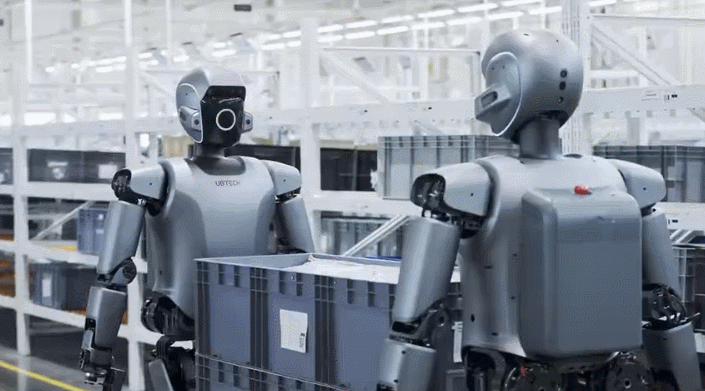 ▲ UBTECH’s industrial humanoid robot Walker S1 at the Zeekr 5G smart factory
▲ UBTECH’s industrial humanoid robot Walker S1 at the Zeekr 5G smart factory
NVIDIA CEO Jensen Huang stated in an interview that robots are expected to achieve significant breakthroughs within two to three years and will become as ubiquitous as cars. Elon Musk responded that the prevalence of robots will be ten times that of cars.
Zhongqing Robotics founder Zhao Tongyang mentioned in a post responding to Zhu Xiaohu’s comments that humanoid robots will be nearly ubiquitous within five years, marking the most exciting industrial revolution since humans learned to make tools, potentially long-term changing human history.
There are many similar statements in the industry, suggesting that humanoid robots and embodied intelligence, with their technological integration, ability to address labor shortages, potential to drive industrial automation upgrades, and prospects for leading new productive forces, as well as their enormous market potential and economic impact, are considered likely to become the mainstay of the Fourth Industrial Revolution.
Therefore, we can see that efforts are being made from the national to the local level.
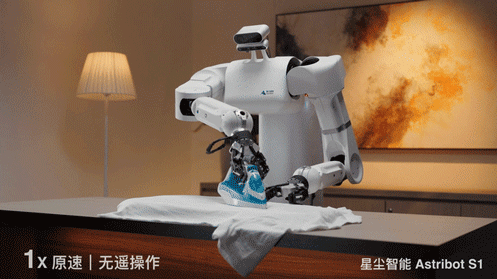
▲ Stardust Intelligent Robot Folding Clothes
National policies indicate a desire to establish an innovative system for humanoid robots by 2025, achieving breakthroughs in key technologies, with whole machine products reaching international advanced levels and achieving mass production, demonstrating applications in special, manufacturing, and public service scenarios, and cultivating 2-3 globally influential ecological enterprises.
This year, “embodied intelligence” was first included in the Shenzhen government work report, becoming one of the key directions for future industrial development.
The recently released “Shenzhen Action Plan for Accelerating the Development of the Artificial Intelligence Terminal Industry (2025-2026)” proposes key breakthroughs in the integration of artificial intelligence and robotics, multimodal perception, dexterous operation, and other core technologies. By 2026, the scale of the city’s artificial intelligence terminal industry is expected to exceed 800 billion yuan, gathering no less than 10 influential artificial intelligence terminal enterprises, with the production of artificial intelligence terminal products exceeding 150 million units and more than 50 popular artificial intelligence terminal products, creating over 60 typical application scenarios for artificial intelligence terminals in various fields.
//
Therefore, when the starting gun fires, every step on the track is like replicating the courage of a century ago when automobiles ventured into the unknown — not to prove how fast machines can run, but to explore how far they can help humanity go.
On this exploratory path, Shenzhen continues to lead the way.

Written by | Shenzhen Micro Time
This article is published by Shenzhen Micro Time. Some images are sourced from the internet.Reproduction requires authorization; welcome to share in your circle of friends.
